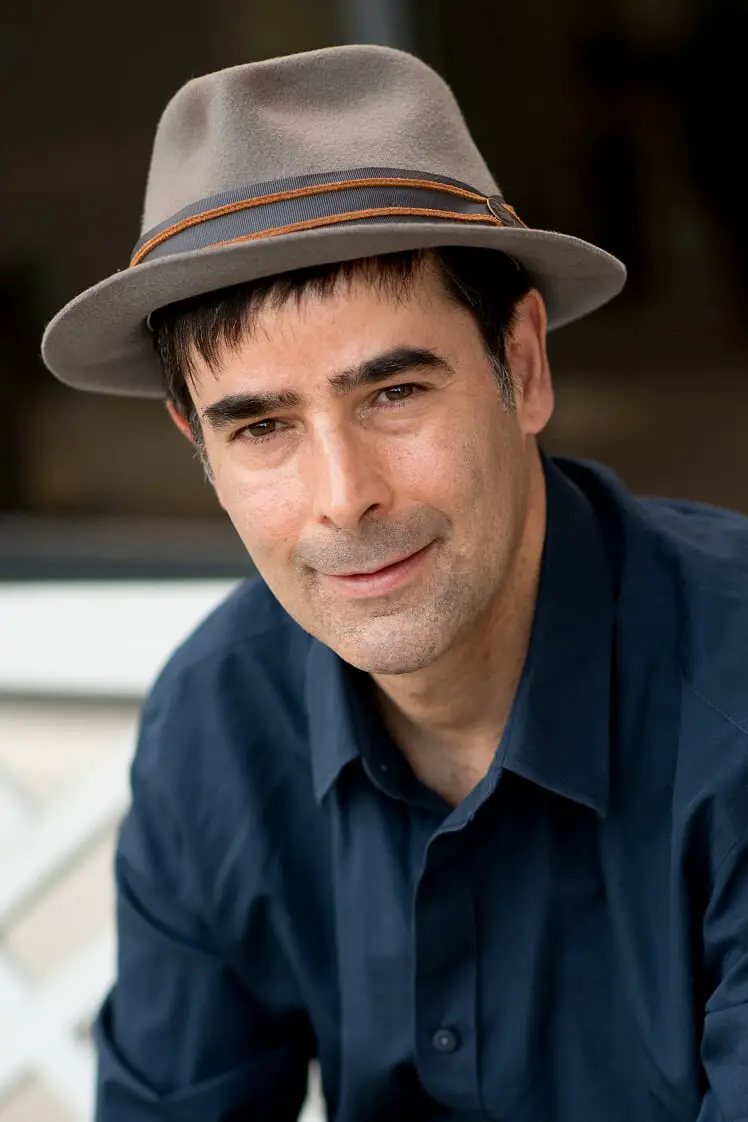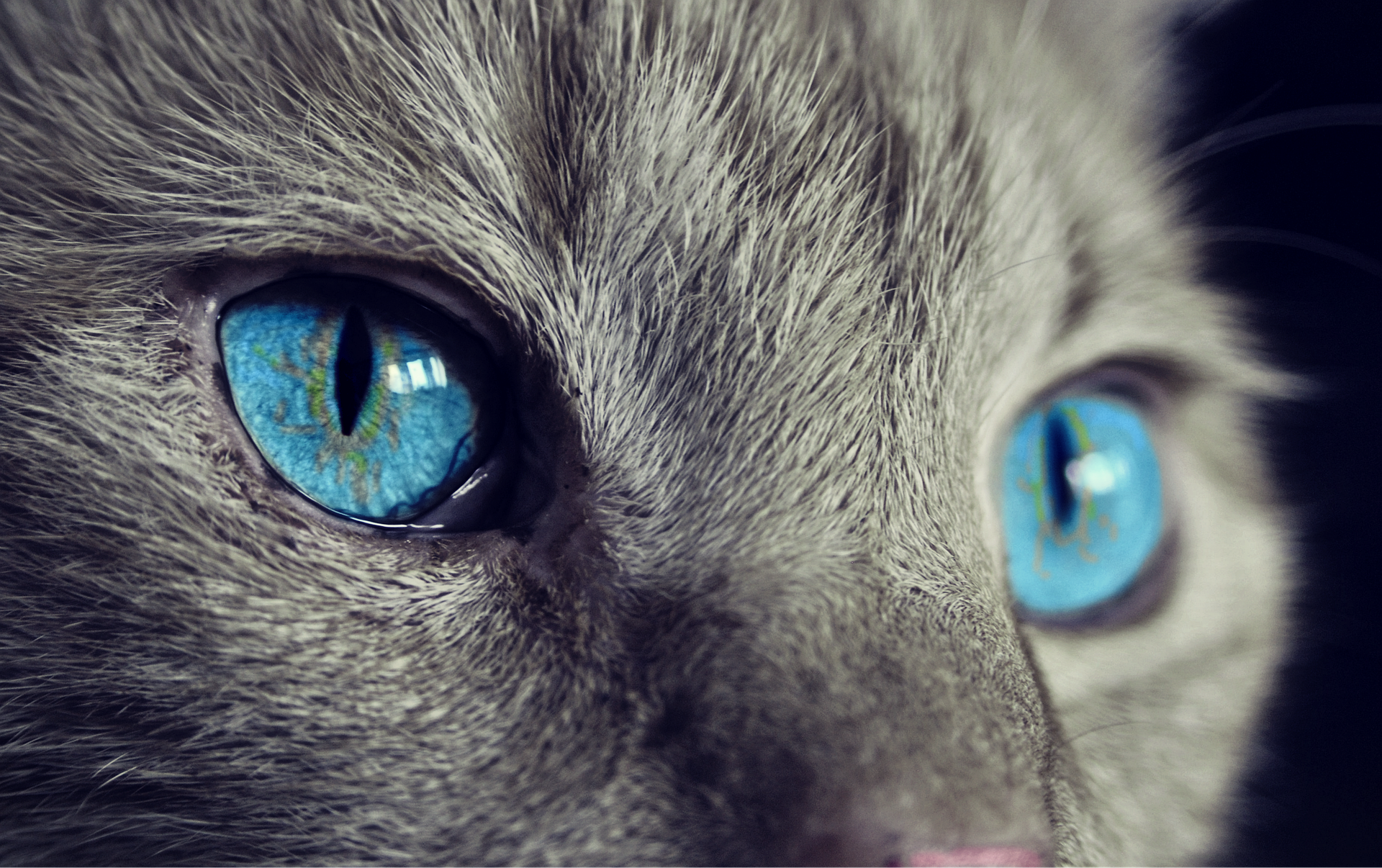 you or anyone you know wears a cochlear implant — an electronic device that helps provide a sense of sound to a person who is profoundly deaf or severely hard of hearing — you have a cat to thank for it. To understand the connection between your common feline and the cochlear device, you need to mentally travel back almost a century, to 1929. That year, two Princeton University researchers wanted to test how sound is perceived by the auditory nerve.
you or anyone you know wears a cochlear implant — an electronic device that helps provide a sense of sound to a person who is profoundly deaf or severely hard of hearing — you have a cat to thank for it. To understand the connection between your common feline and the cochlear device, you need to mentally travel back almost a century, to 1929. That year, two Princeton University researchers wanted to test how sound is perceived by the auditory nerve.
Researchers turn a cat into a working phone
To run their experiment, Professor Ernest Glen Wever and Researcher Charles William Bray turned a live cat into a working telephone, according to the Mudd Manuscript Library Blog.
The cat would pay a price for the researchers’ curiosity. Wever and Bray sedated the cat and removed a part of its skull (!!!!) so that they could attach one electrode to the animal’s right auditory nerve, and another electrode to its body, notes an article in IFLScience.
These electrodes, in turn, were attached to an amplifier by a 60-foot cable to a soundproof room. When one of the researchers talked into the ear of the cat, the sound could be heard by the other researcher in the soundproof room via receiver.
After conducting their tests, the researchers reported: “Speech was transmitted with great fidelity. Simple commands, counting and the like were easily received” in a soundproof room, says an article in The Velvet Light Trap, an academic journal of film and media studies. (the People for Ethical Treatment of Animals (PETA) — the largest animal rights group in America — would have been horrified by the cruelty of Wever and Bray’s experiment. Unfortunately, the organization wasn’t founded until 1980.)
Tests help amplify voices
Their experiments, are known today as the ‘Wever and Bray phenomenon.’ In short, the cat experiment enabled the two researchers to learn that with suitable amplification, speech can be clearly reproduced and the voice of the speaker recognized, according to an article published in the Journal of Physiology in 1934.

The discovery of the frequency correlation through these gruesome experiments on a cat led to other medical breakthroughs, and even helped the U.S. military during World War II, reports All That’s Interesting. For example, Wever and Bray discovered that men with musical abilities made the best sonar operators because their ears had been finely tuned to hear specific sounds.
Pair wins award for cat phone
For their efforts on the cat phone experiment, the duo received the first ever Howard Crosby Warren Medal of Society, which the Society of Experimental Psychologists (SEP) awards annually for “outstanding achievements in Experimental Psychology in the United States and Canada.”
The cat received no recognition for its troubles. It’s hard to imagine that today SEP would recognize a researcher who removed part of a cat’s skull so that they could turn it into a telephone.
In contrast to the achievements that won Wever and Brey their medals, SEP gave the 2021 Howard Crosby Warren Medal to Martha J. Farah, a University of Pennsylvania researcher, “for her foundational cognitive neuroscientific work on face and object recognition, visual attention, mental imagery, and semantic memory; and her more recent work on the interface between neuroscience and society.”
While a transcript of the oral presentation on Farah notes that “she provided thoughtful insights into the application of brain imaging beyond basic sciences or clinical practice … in healthy people,” it makes no mention of cats.
Come to think of it, I doubt doing such an experiment on a cat would be particularly useful. Since I can’t imagine that a researcher would learn much by using a CAT scan to conduct brain imaging of a feline.

When I was a kid, my mom thought that I’d have my own talk show because I was always asking people lots of questions about themselves. When I graduated college, I began living my own dream as a reporter for a news media outlet. As a journalist, I spoke daily with public affairs officers who represented diverse government and corporate clients.
I soon realized that public affairs combined the best of both worlds of journalism and television talk shows — I get to learn interesting and unusual things about people who worked with me, I then get to tell their story. With this thought in mind, I spent two years at CIA, where I was a supervisor in the Public Communications Branch at the Office of Public Affairs.
As a strategic communicator, I juggle many balls — but I’m a writer first. Writing is my first love. You can say that I’m addicted to it.
On a personal level, my parents taught me the value of travel when I was young, and since then, I’ve been an avid traveler — I have visited 20 countries. Though I’ve learned important lessons from each of my trips, my trip to Chile — the string bean-shaped country — was my favorite.
To learn more about me and my digital travels, visit my Twitter page.





